|
-
22nd July 10, 11:49 AM
#1
-
-
22nd July 10, 12:13 PM
#2
I use an ironing board, rather than a flat table, because I find that, in order to press the pleats straight once the kilt is basted, I have to hang the fell off the narrow end of the ironing board because the pleats taper from the bottom of the fell to the waist, and the waist is smaller than the hips in most kilts. If I tried to press the kilt on a big flat surface, I wouldn't be able to do a good job, because the kilt wouldn't lie flat - the bottom end of the basted pleats would want to splay open, and the top end at the bottom of the fell would be puckered up a bit. If I hang the fell off the end of the board, no problem.
Last edited by Barb T; 25th July 10 at 08:17 AM.
-
-
22nd July 10, 01:16 PM
#3
-
-
2nd August 10, 03:49 AM
#4
Hi all, very interesting pressing tips. I would like to add if anyone is having problems locating a pressing ham, if you have scaps of cloth/fabric , must be natural fibres, and a piece of strong canvas you can make a pressing ham that will last a lifetime.
Cut canvas x2 roughly in the shape of a ham, size is up to you, maybe 14"-16", sew together and leave opening.Turn to right side and stuff with scraps untill full, close opening.Now the fun bit, with a very hot iron and plenty of water handy, start to press and shape the ham to the way you want it, keeping one side as flat as possible the other nicely curved and rounded and the ham solid. Use plenty of steam to shrink and shape.Result a free ham that will last and last. Hope this may help out for those on a budget. Regards to all.
-
Similar Threads
-
By saxandpipes in forum Professional Kiltmakers Hints and Tips
Replies: 8
Last Post: 24th April 10, 08:36 AM
-
By RamseytheGreat in forum Kilt Advice
Replies: 18
Last Post: 11th November 08, 11:39 AM
-
By kiltedsawyer in forum Kilt Advice
Replies: 8
Last Post: 14th July 08, 10:32 AM
-
By ChattanCat in forum DIY Showroom
Replies: 15
Last Post: 3rd October 07, 04:50 PM
-
By toadinakilt in forum Kilt Advice
Replies: 6
Last Post: 2nd January 06, 09:33 AM
 Posting Permissions
Posting Permissions
- You may not post new threads
- You may not post replies
- You may not post attachments
- You may not edit your posts
-
Forum Rules
|
|







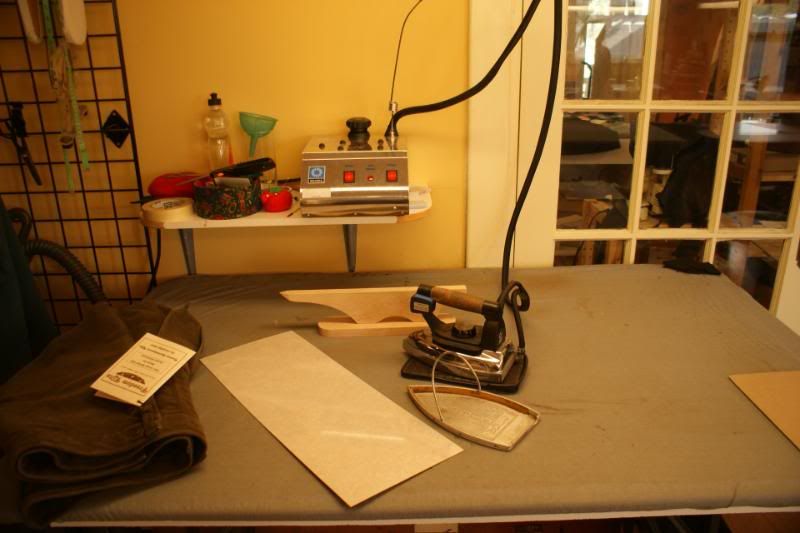
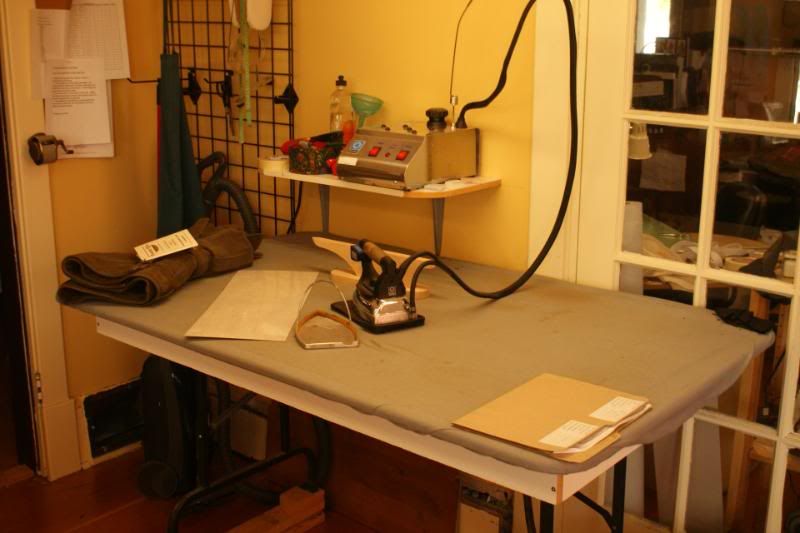
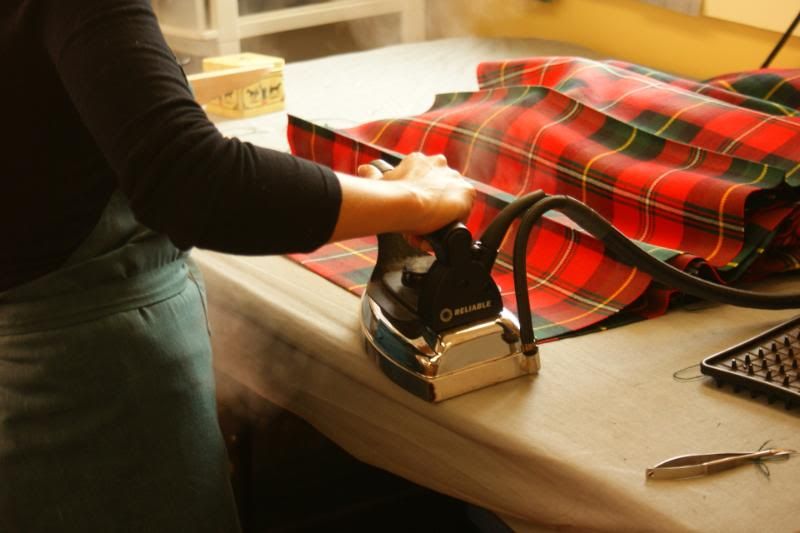
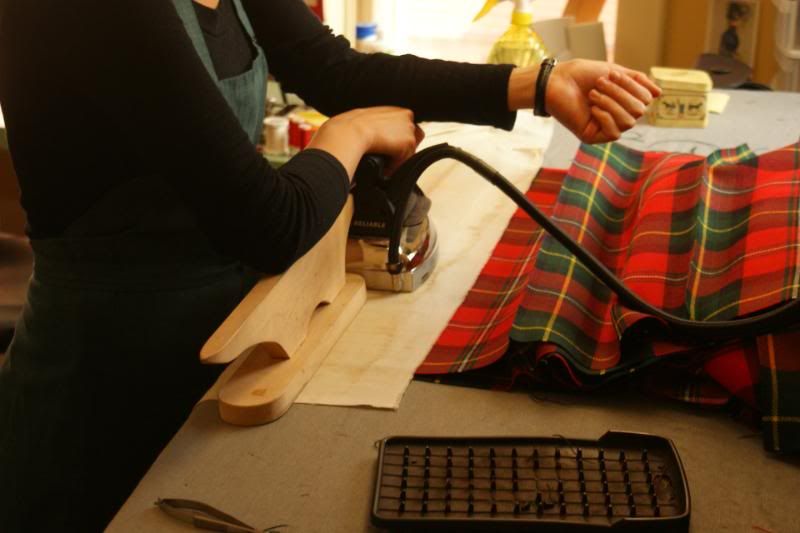
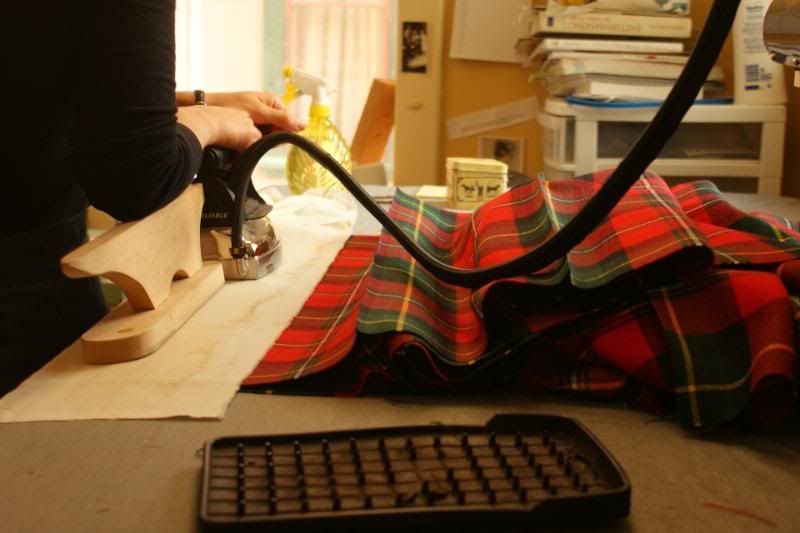
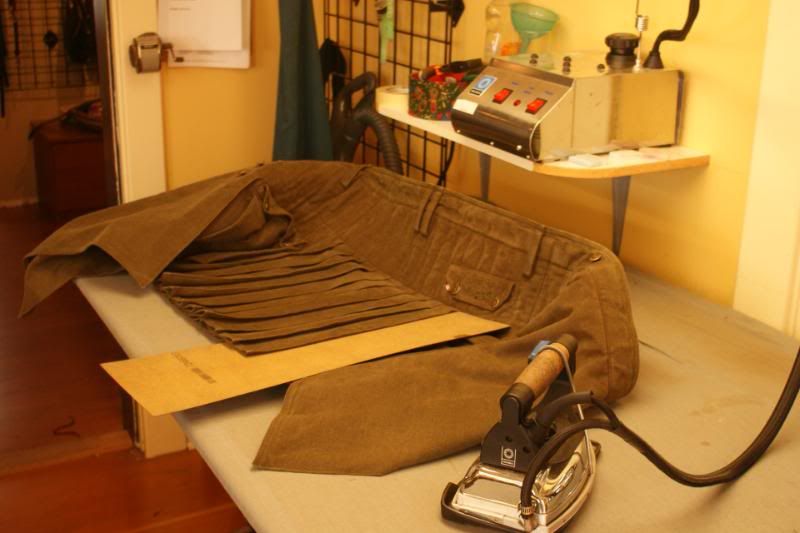
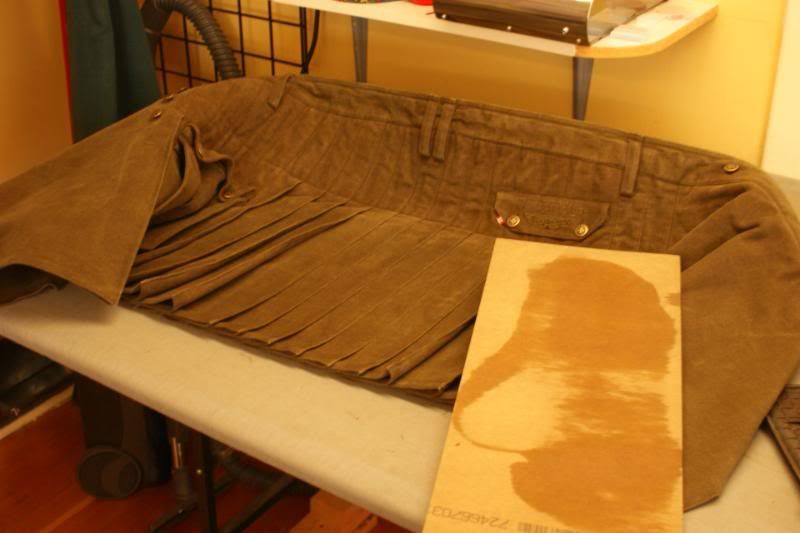











Bookmarks